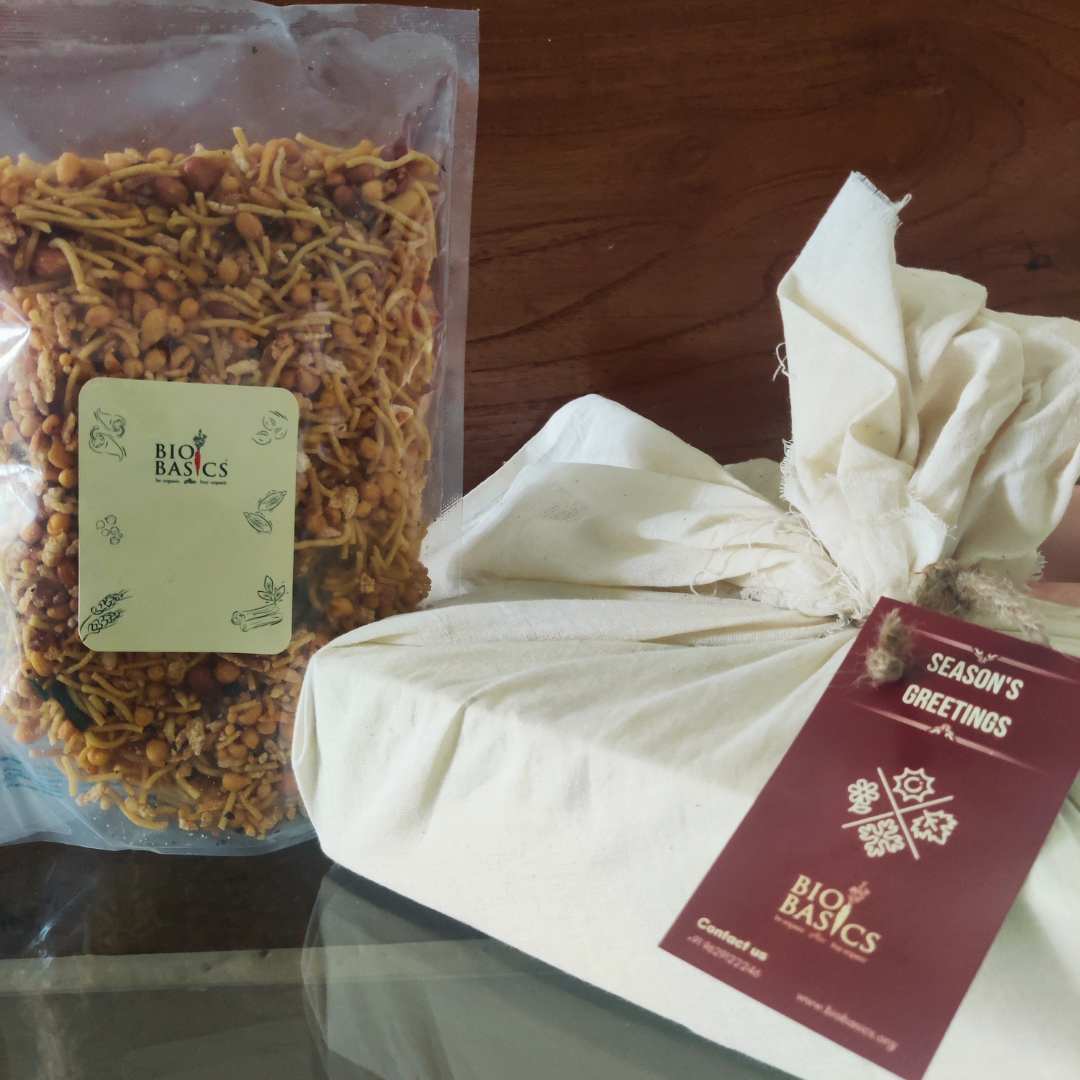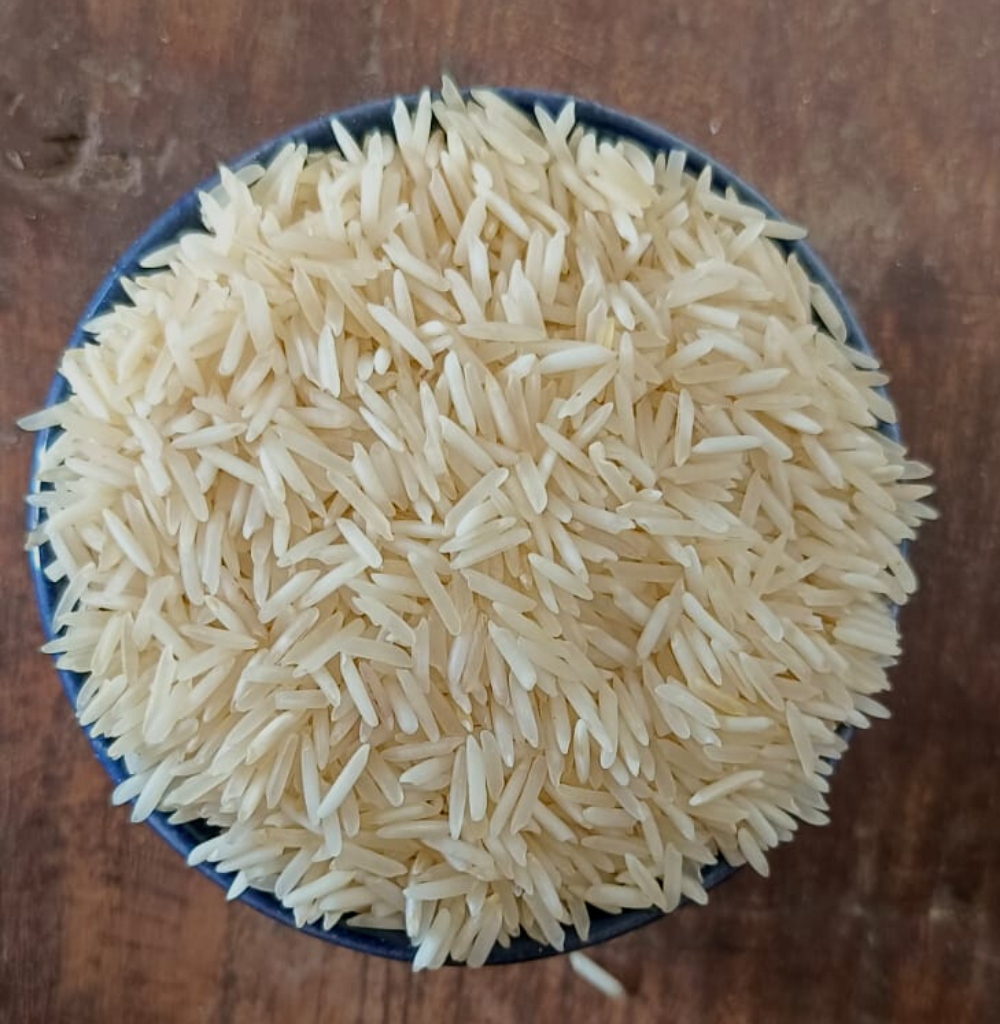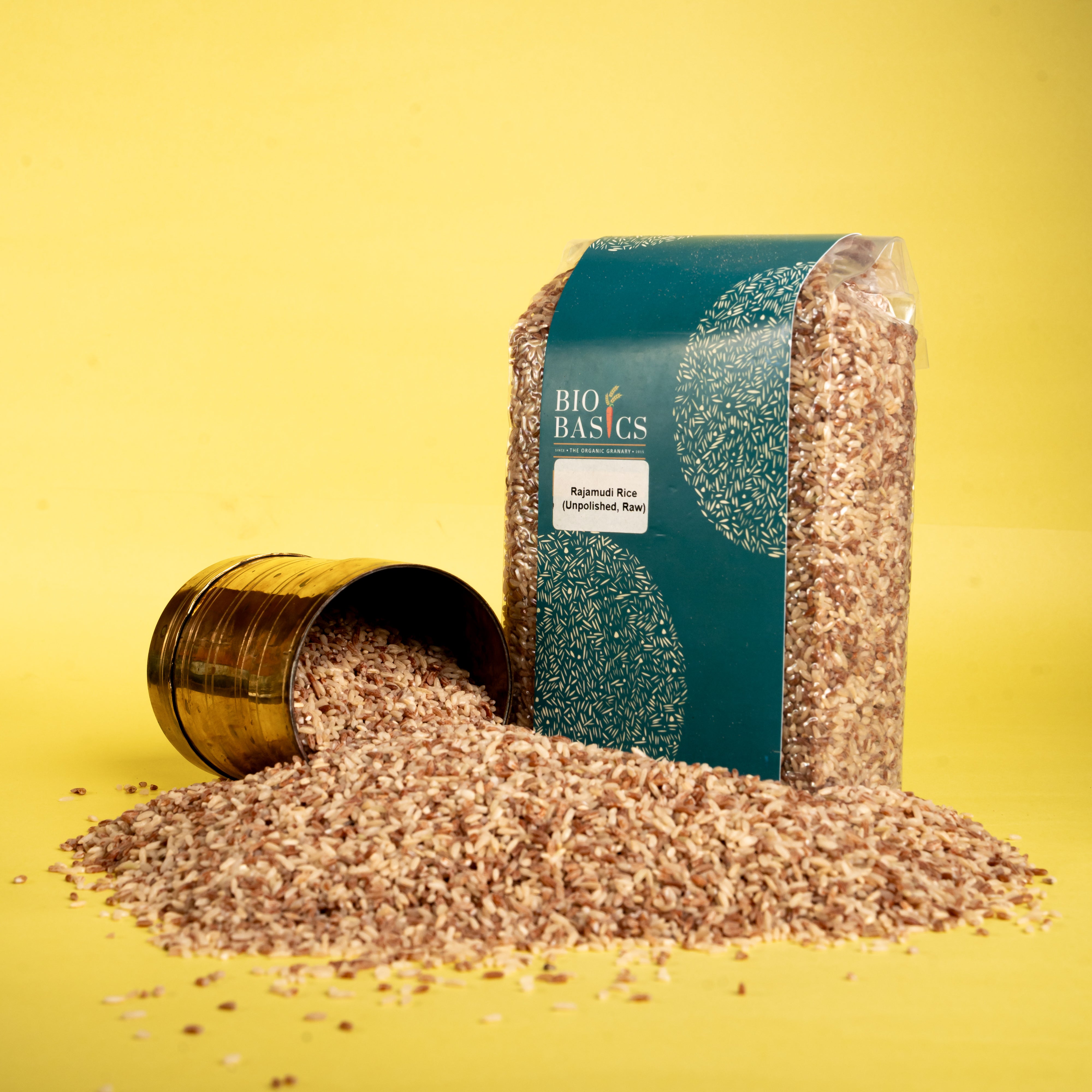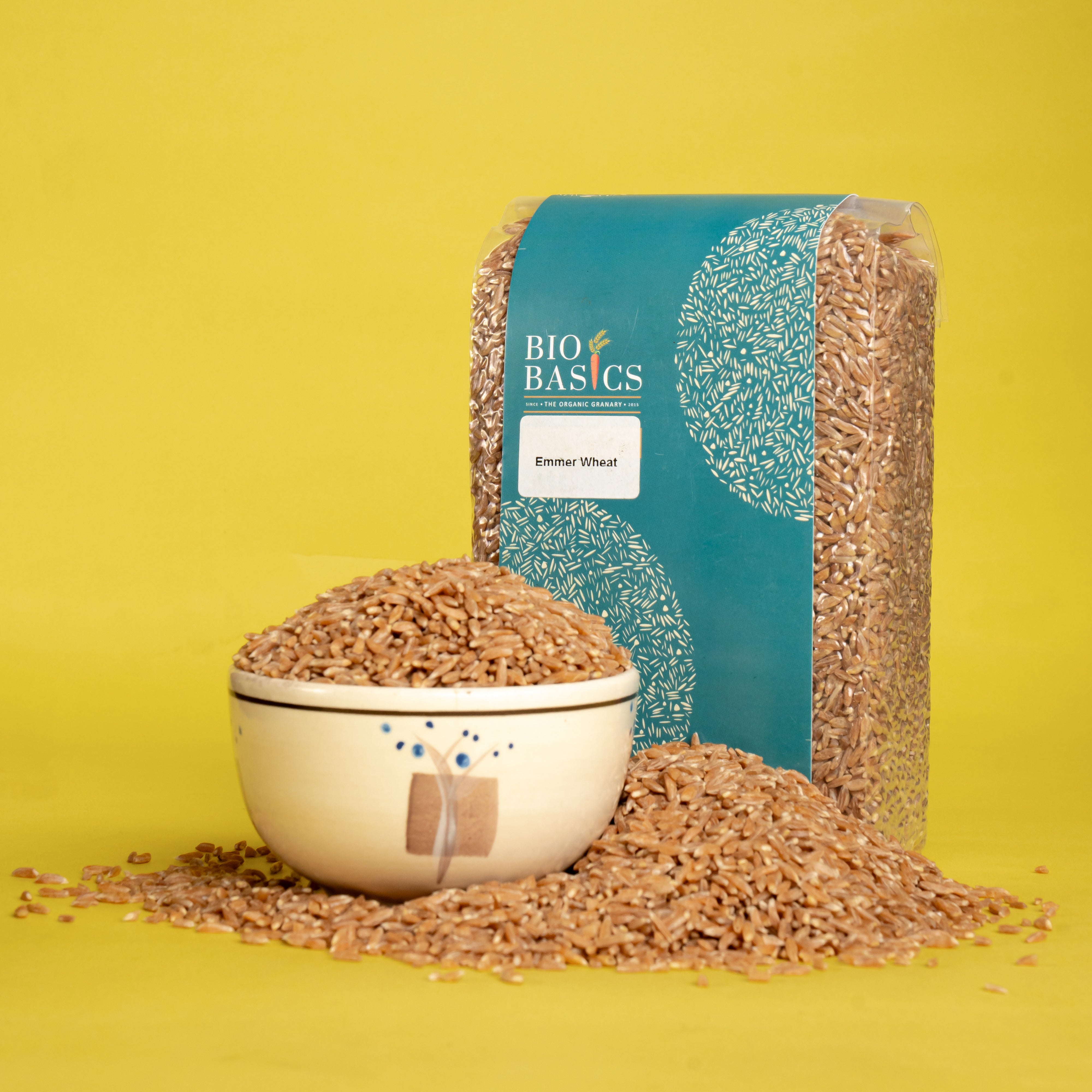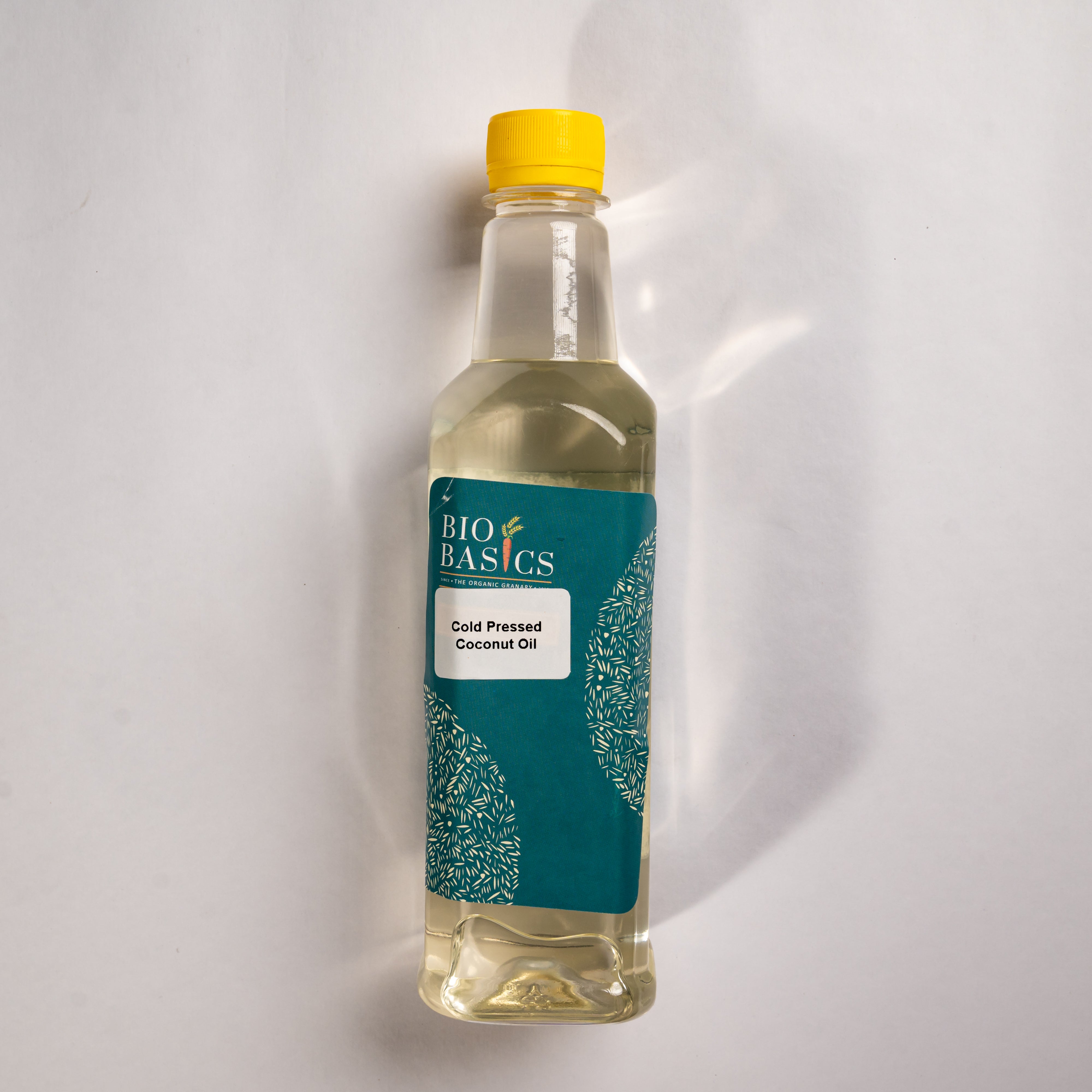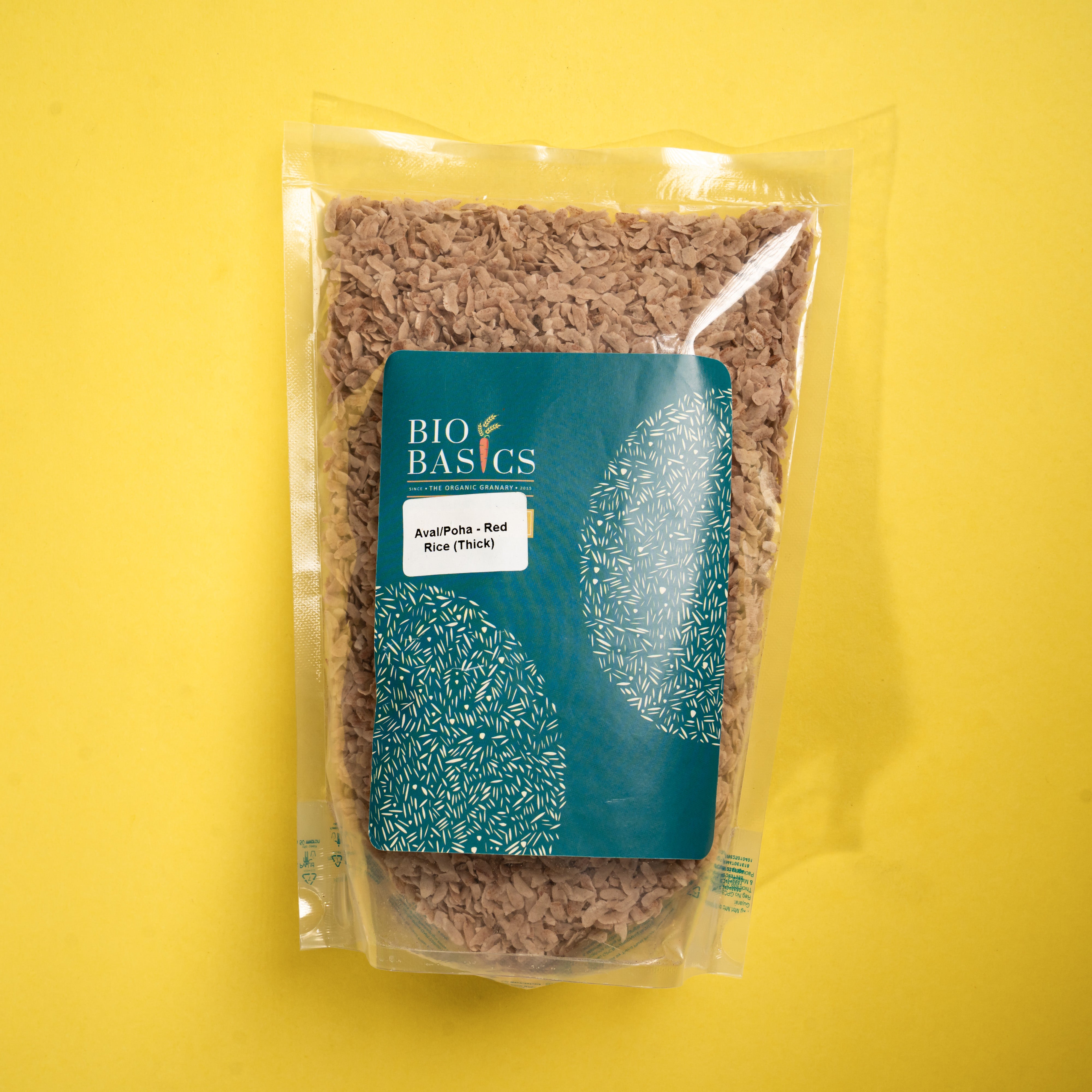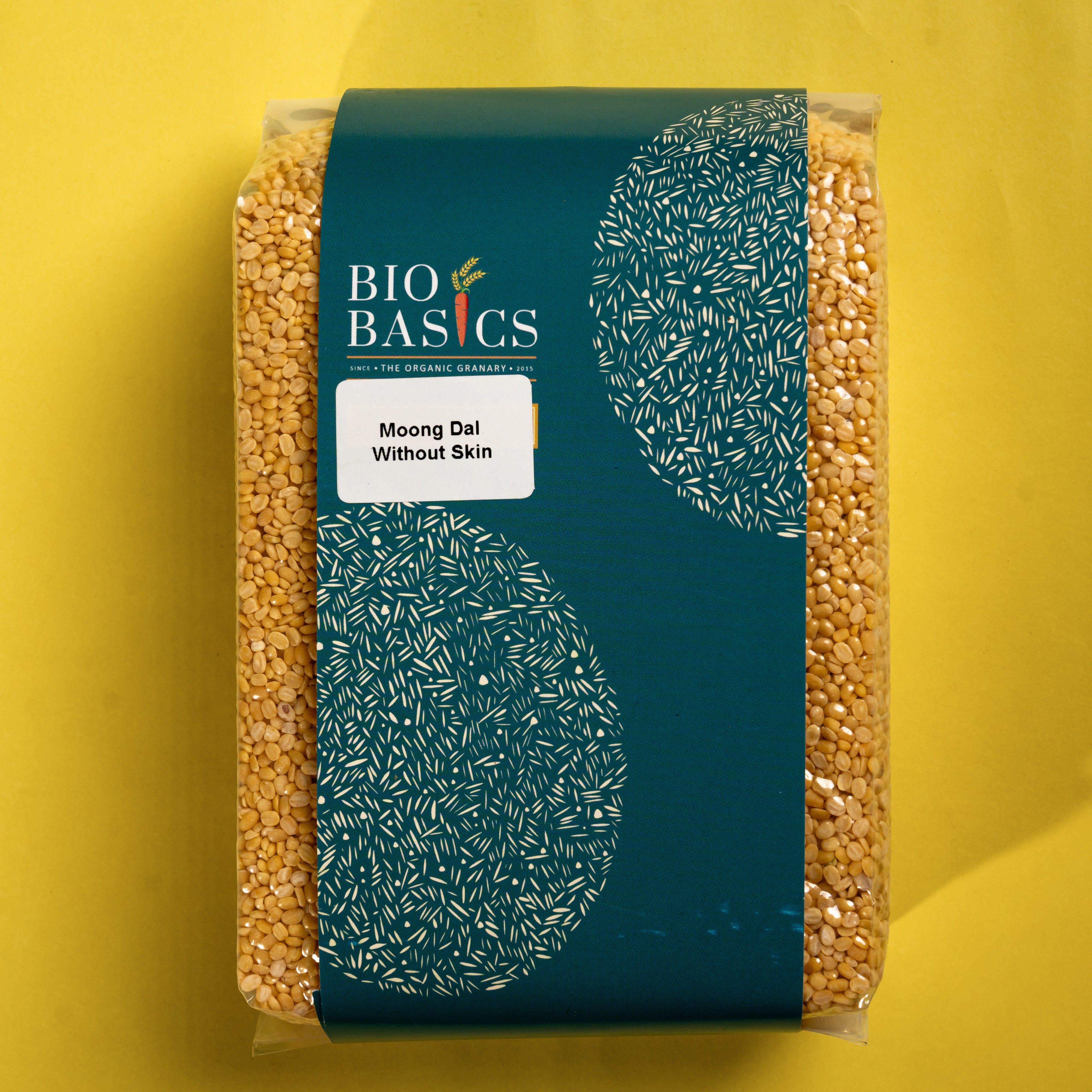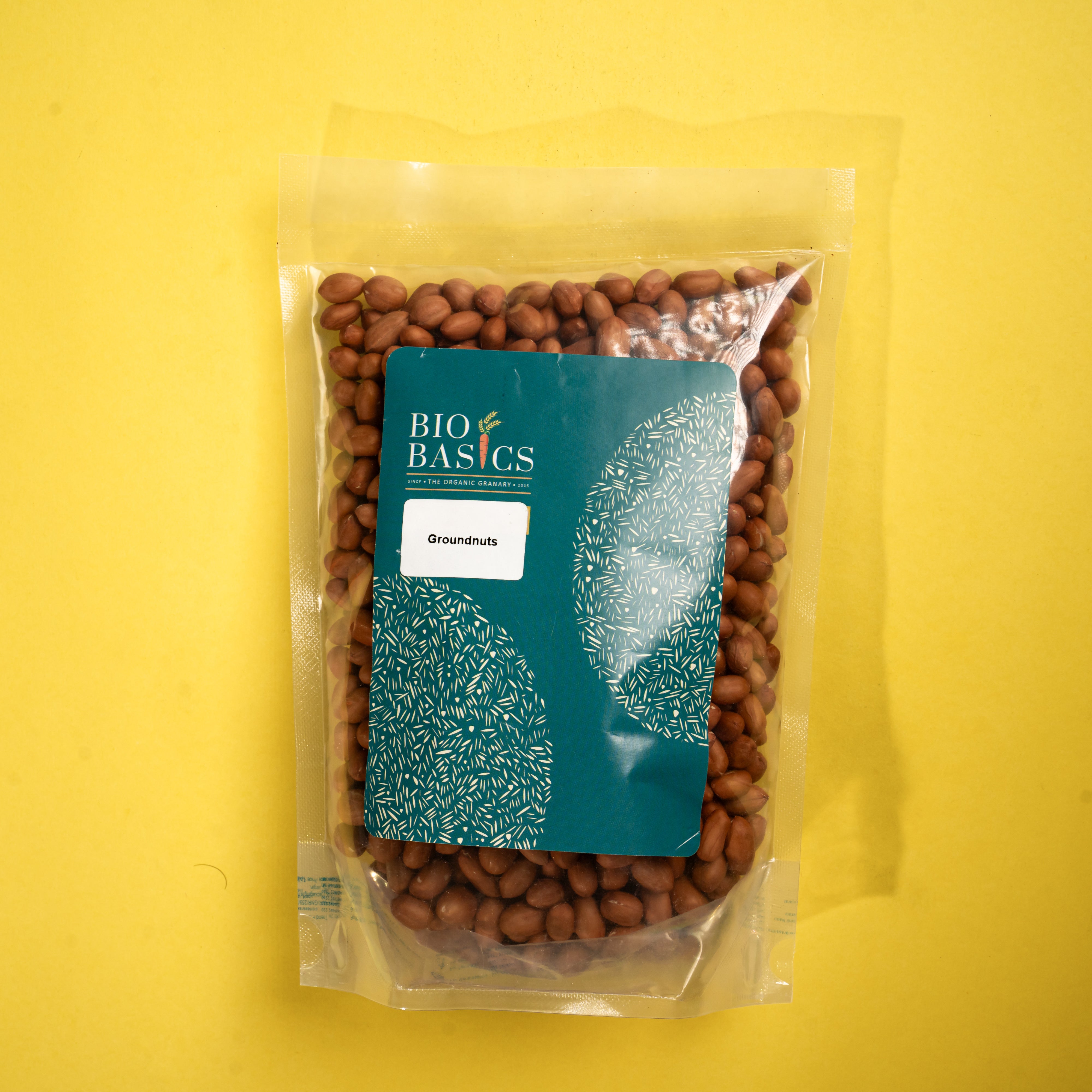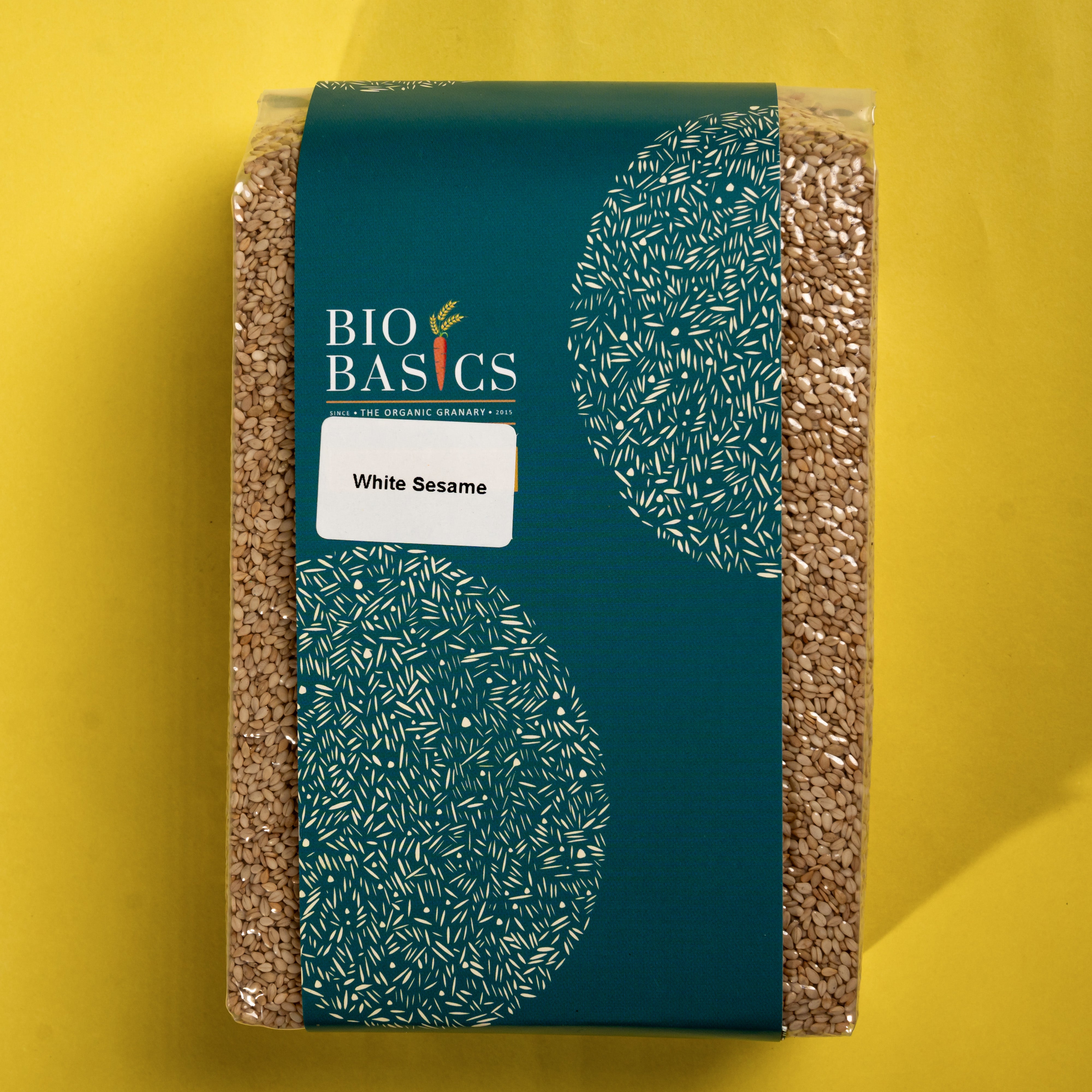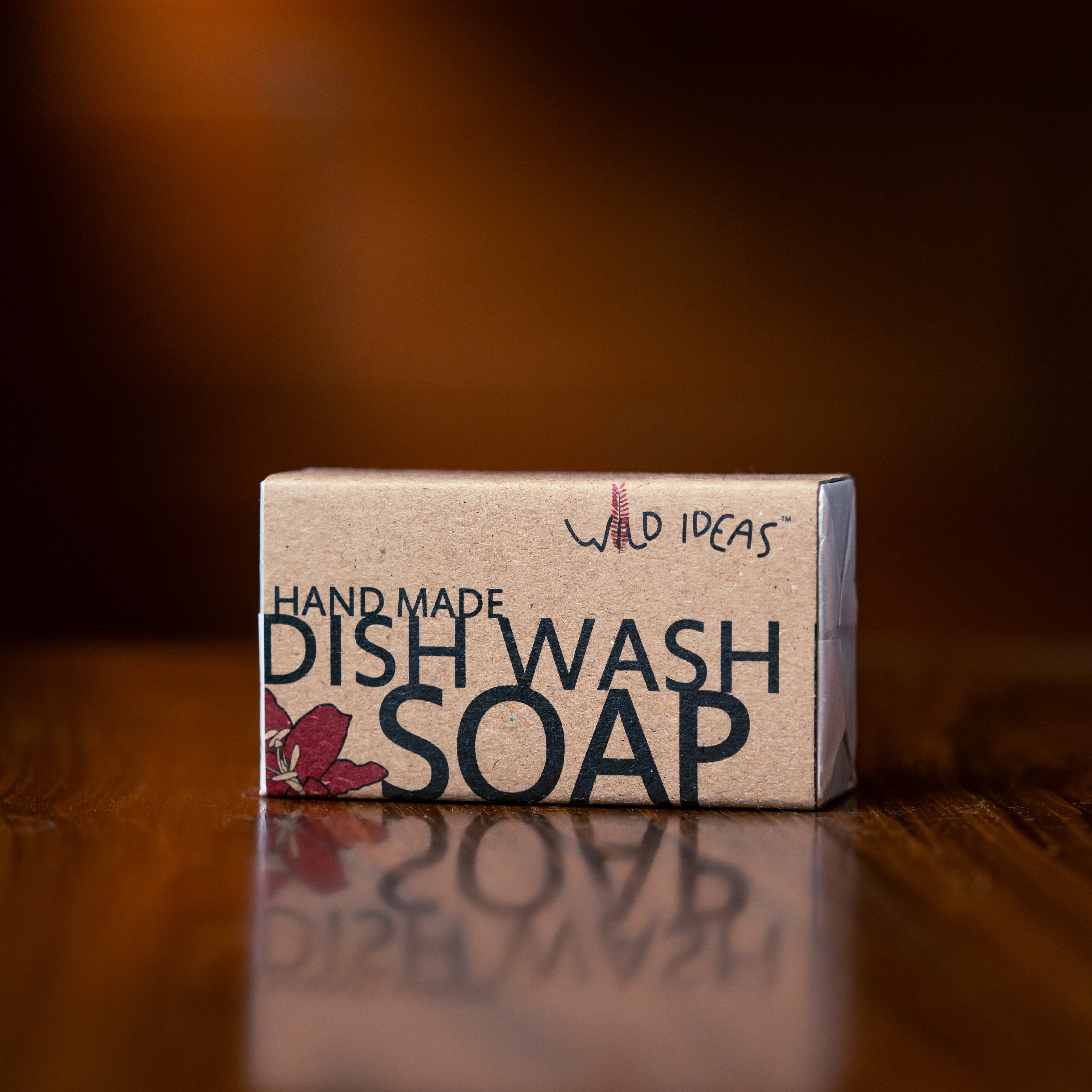By our founder, Ramesh Chandran
As a Malayalee growing up in Pune, I missed out on learning to read and write Malayalam. And also, on eating and enjoying the traditional red rices of Kerala. The white polished rice reigned over my diet for almost 40 years, until a health setback pushed me to start eating the Chembas and the Kuruvas. Today, I not only enjoy these rices, but advocate it to friends and family, a bit too fervently, sometimes irritating them no end!
That these traditional rice varieties are more nutritious is an established fact. Growing various varieties of rice (for that matter, any crop) is also smart. It ensures bio-diversity and helps us diversify out the risks associated with any one type of rice. But our State policy of centralization and homogenization has destroyed diversity, successfully transforming a nation of rice eaters into the diabetes capital of the world. Goodbye hunger, hello diabetes!
Like any persistent State policy ably aided by technology, this one too has had its unintended consequences. The white polished rice has become the opium of the masses. Our memories of traditional rice varieties or other healthy grains (millets) have faded almost completely. Led by trends of modern living of instant gratification, growing aspirations and shrinking budgets, we are addicted to the white polished rice. And good old traditional rices now enjoyed only by the few are now relegated to being second class citizens by the State and its people alike.
To me, these traditional rice varieties are about not only health, but also heritage. There is thus a need to reclaim their erstwhile status in our lives, both personal and social. This reclamation needs a coup of sorts. To begin with, we need to understand the consumer, for it is only with her support that we can sustain the popularity of these rice varieties over the long term. The consumer behaviour, shaped today by modern media and driven by cost and convenience, needs to change. Awareness, affordability and accessibility (AAA) is the model to be followed. While making her aware and countering the influence of popular media are important, our efforts need to be backed up by viable alternatives offering these traditional rices at affordable rates at easily accessible locations. Hunting for these rice varieties at some remote fancy store and then paying for them through one’s nose are not favorite pass-time activities of most consumers. If we need to see the magic of the Mullankazhamas, then we have to make these rices easy to get and easy on the pocket.
Social enterprises committed to the lesser known PPP (the triple bottom lines of People, Planet and Profit) are part of the solution. We need hundreds of such enterprises, engaging with farmers, consumers and traders, encouraging the growing and consuming of these rices. All working in their own local areas. Not dependent on kind donations and reluctant dole outs of the State, but self-sustaining businesses presenting an attractive value proposition to those who are able and willing to give up on the white polished rice.
While these social businesses work on the ground, there is need to organize at a higher level as well. Rally all our friends, funds and forces for this cause. Form a council (say, TRIPCO - Traditional Rices of India Promotion Council), led by prominent citizens from the fields of health, food, agriculture, civil society, business and government, with the single aim to promote traditional rices of India. Let farmers, consumers, traders, and other businesses engaged with these rices unite to speak with one voice. The NDDB (National Dairy Development Board) and the NECC (National Egg Coordination Council) are examples to explore.
No, not another organization destined to be defunct. But one funded well to speak loudly and clearly to the consumers lost in the din of mindless and heartless consumption. The State needs to be nudged to initiate corrective policies; the farmers supported and trained to grow these rices; the social businesses funded to popularize them.
Let us then work to witness this coup in our lifetimes. A war this is not, but a fight against diabetes, a struggle for bio-diversity, and a movement to reclaim our long-lost heritage, this is. A fight worth fighting, indeed. A coup of the Kuruva taking over our taste buds, one no less important than preserving Malayalam on our tongues.
http://indianricecampaign.org/article/view/The-coup-of-the-Kuruva-60318308

